Ever wondered what it’s like to live in a country where your neighbour’s biggest concern is whether to buy their third yacht in navy blue or forest green? While you’re calculating whether you can afford that extra shot of espresso, residents of these countries are casually discussing their investment portfolios over champagne brunches.
When you think of the wealthiest countries in the world, you are probably considering GDP per capita. In this article, we list the top 10 richest countries based on GDP per capita, as estimated by the International Monetary Fund (IMF).
However, if you are looking for the GDP per capita of China or the US, this list may surprise you, as the countries that emerge on top are some of the smallest on the map!
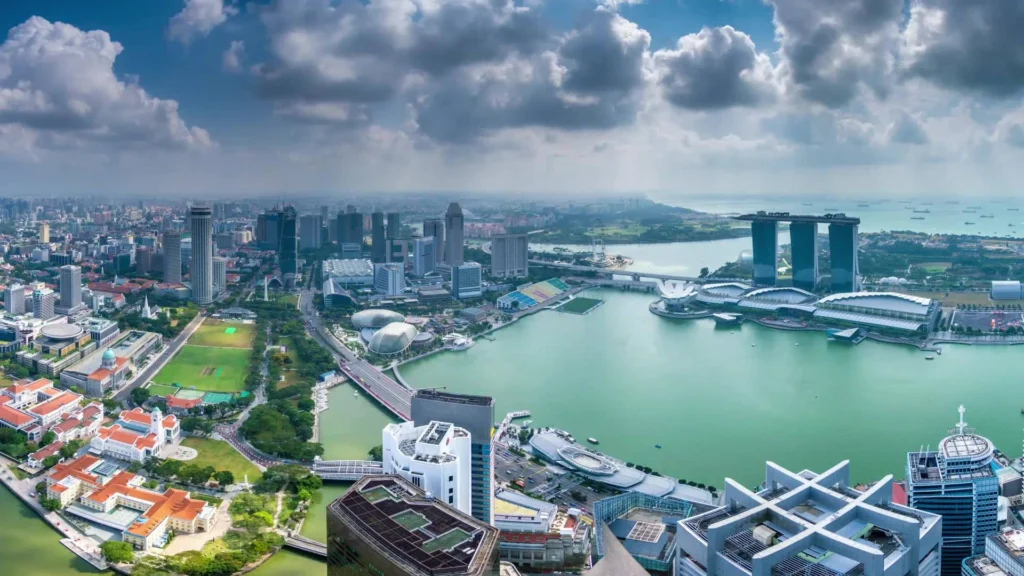
Methodology for Ranking the Richest Countries
Gross Domestic Product (GDP) measures the total value of goods and services produced in a country. By dividing this number by the number of full-time residents, we get an idea of the general populace’s wealth. However, a more precise measure of a nation’s wealth considers inflation rates and the costs of local products and services.
By considering both factors, we derive the Purchasing Power Parity (PPP). While this may still not be absolute statistics to accurately rank the richest and poorest countries in the world (as some wealthy countries are tax havens, artificially inflating their GDPs with external wealth), the GDP per capita ranking (accounting for PPP) still gets us close to understanding the wealth held by various nations.
1. Singapore
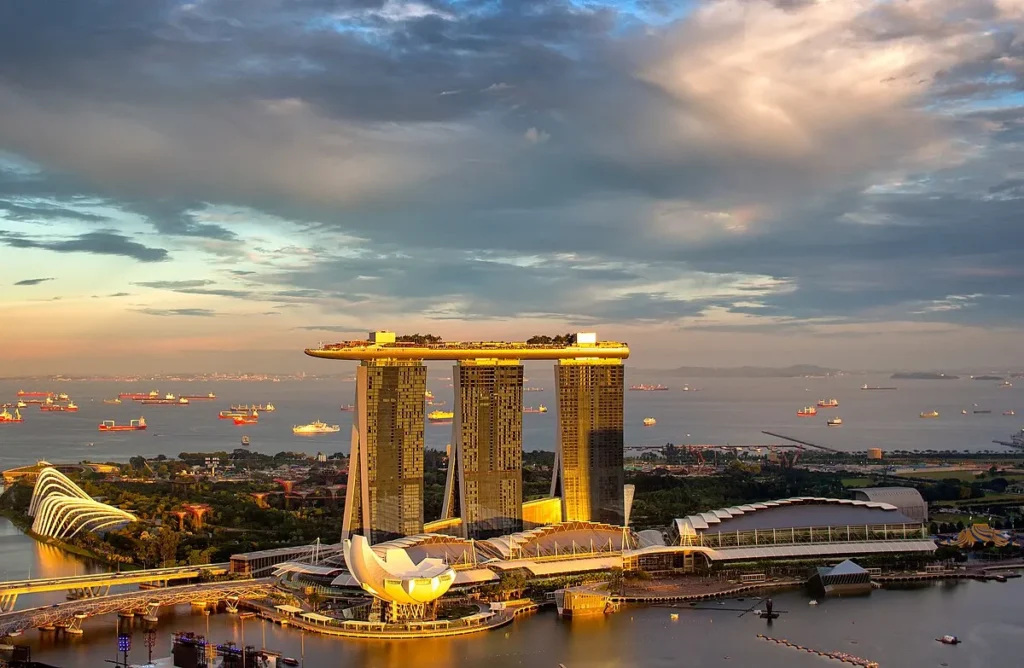
Singapore claims the crown with an impressive GDP-PPP per capita of $156,760 and a solid 2.0% annual growth rate.
This Southeast Asian city-state has transformed itself from a modest trading port into a global financial powerhouse. Singapore’s wealth stems from its strategic location at the crossroads of major shipping lanes, making it a crucial hub for international trade and commerce.
The country’s pro-business policies, political stability, and corruption-free governance have attracted multinational corporations and wealthy individuals alike. Singapore’s banking sector is among the world’s most sophisticated, while its manufacturing industry focuses on high-value electronics and pharmaceuticals.
2. Luxembourg

With a GDP-PPP per capita of $152,920 and 1.6% annual growth, Luxembourg punches far above its weight.
This small European nation has built its economy around banking, steel production, and is a haven for investment funds. Home to numerous EU institutions, Luxembourg benefits from political stability and favourable financial regulations.
The country hosts over 4,000 investment funds and serves as a gateway for companies looking to access European markets. Luxembourg’s wealth is also supported by its steel industry, spearheaded by ArcelorMittal, and a growing technology sector.
3. Macao SAR
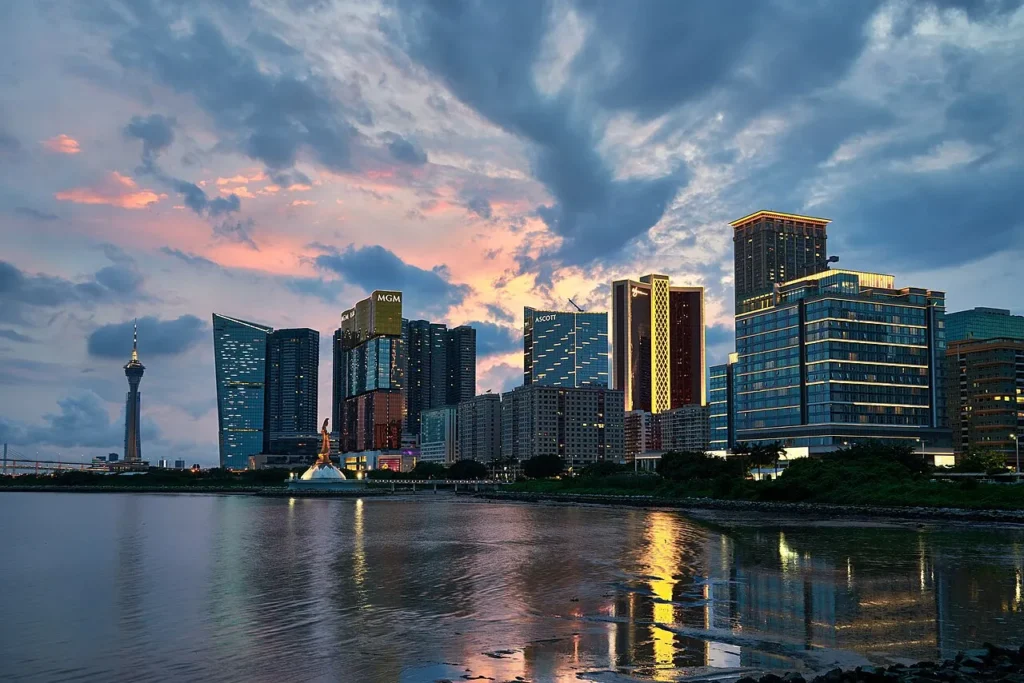
Macao boasts a GDP-PPP per capita of $134,040 with an impressive 3.6% annual growth rate. This Special Administrative Region of China has built its fortune primarily on gaming and tourism.
Macao’s casinos generate more revenue than Las Vegas, attracting millions of visitors annually, particularly from mainland China and other Asian countries.
Beyond gaming, Macao has been diversifying its economy into finance, conventions, and cultural tourism. The region benefits from its unique “One Country, Two Systems” arrangement, maintaining autonomy in economic matters while being part of China.
4. Ireland

Ireland maintains its position with a GDP-PPP per capita of $134,000 and 2.3% annual growth. The Emerald Isle has transformed from an agricultural economy to a modern, technology-driven powerhouse.
Ireland’s competitive corporate tax rate of 12.5% has attracted numerous multinational corporations, particularly in technology and pharmaceuticals.
Major tech giants like Google, Facebook, and Apple have established their European headquarters in Ireland, contributing significantly to the economy. The country’s English-speaking, highly educated workforce, combined with EU membership, makes it an attractive destination for foreign investment.
5. Qatar
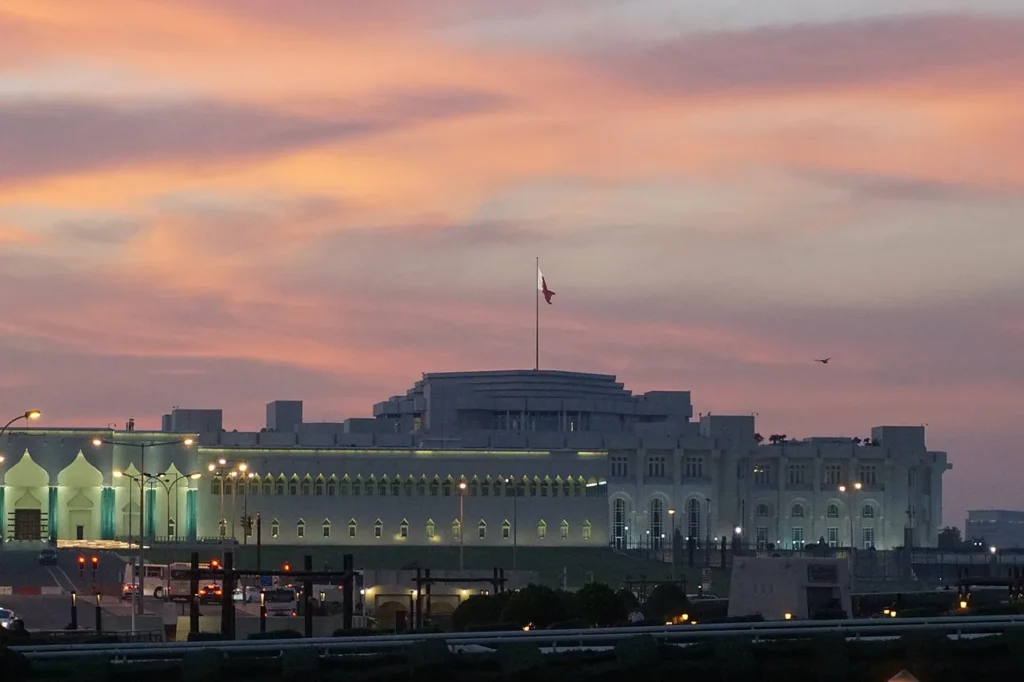
Qatar achieves a GDP-PPP per capita of $121,610 with 2.4% annual growth, powered primarily by its vast oil and natural gas reserves.
The country possesses the world’s third-largest natural gas reserves and has leveraged this wealth to diversify its economy and invest in infrastructure, education, and technology.
Qatar’s sovereign wealth fund is one of the world’s largest, with investments spanning real estate, sports, and technology globally. The country has positioned itself as a regional hub for business and culture, hosting major international events and building world-class infrastructure.
6. Norway
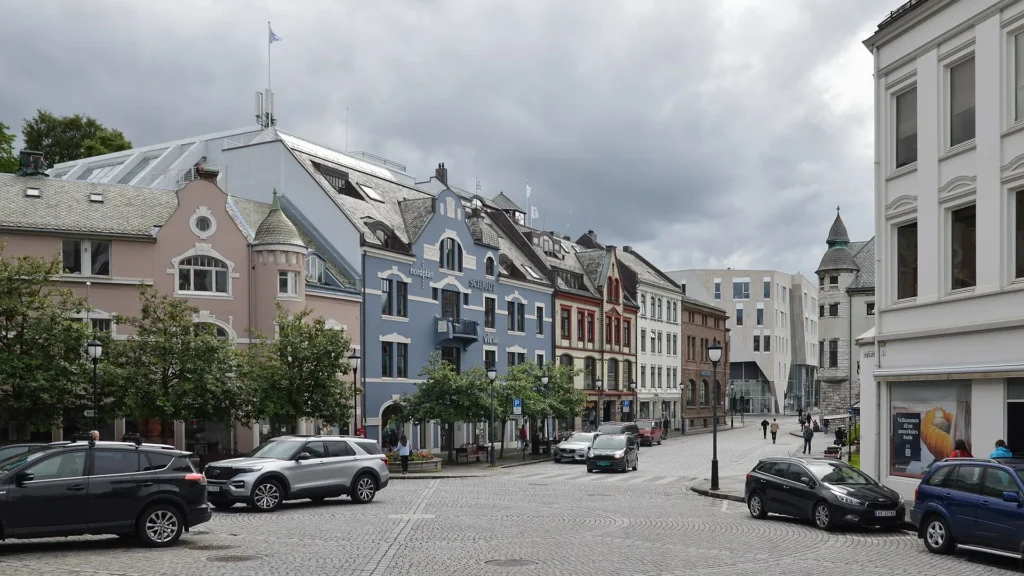
Norway secures sixth place with a GDP-PPP per capita of $107,890 and 2.1% annual growth. The country’s wealth foundation lies in its North Sea oil reserves, but unlike many oil-rich nations, Norway has managed its resource wealth responsibly through the Government Pension Fund Global, the world’s largest sovereign wealth fund.
Norway’s economy combines resource extraction with advanced manufacturing, shipping, and renewable energy.
Norway is a global leader in electric vehicle adoption and renewable energy production.
Norwegian companies are world leaders in offshore engineering, shipping, and fish farming. The nation’s strong democratic institutions, low corruption, and emphasis on social equality have created a stable environment for sustained prosperity.
7. Switzerland
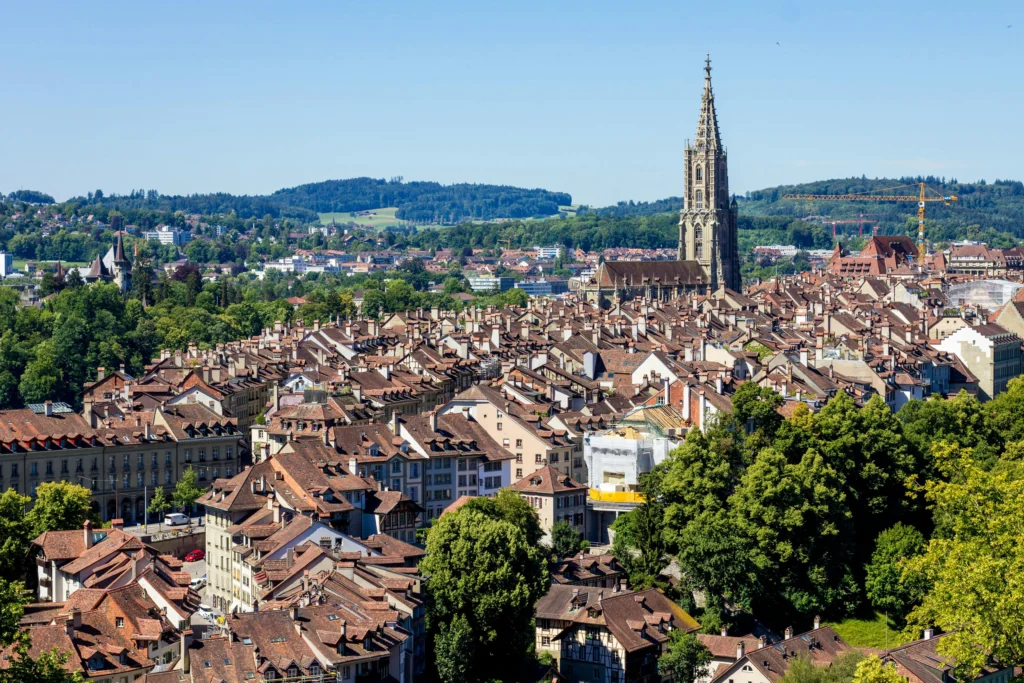
Switzerland maintains its position with a GDP-PPP per capita of $97,580, though experiencing modest 0.9% growth. The country’s wealth stems from its world-renowned banking sector, precision manufacturing, and pharmaceutical industry.
Swiss banks have long been synonymous with discretion and stability, managing assets for wealthy individuals and institutions worldwide.
The nation excels in high-value manufacturing, producing luxury watches, precision instruments, and machinery. Switzerland’s pharmaceutical sector, anchored by companies like Novartis and Roche, contributes significantly to the economy. The country’s political neutrality, stable currency, and skilled workforce continue to attract international businesses and investors.
8. Brunei Darussalam
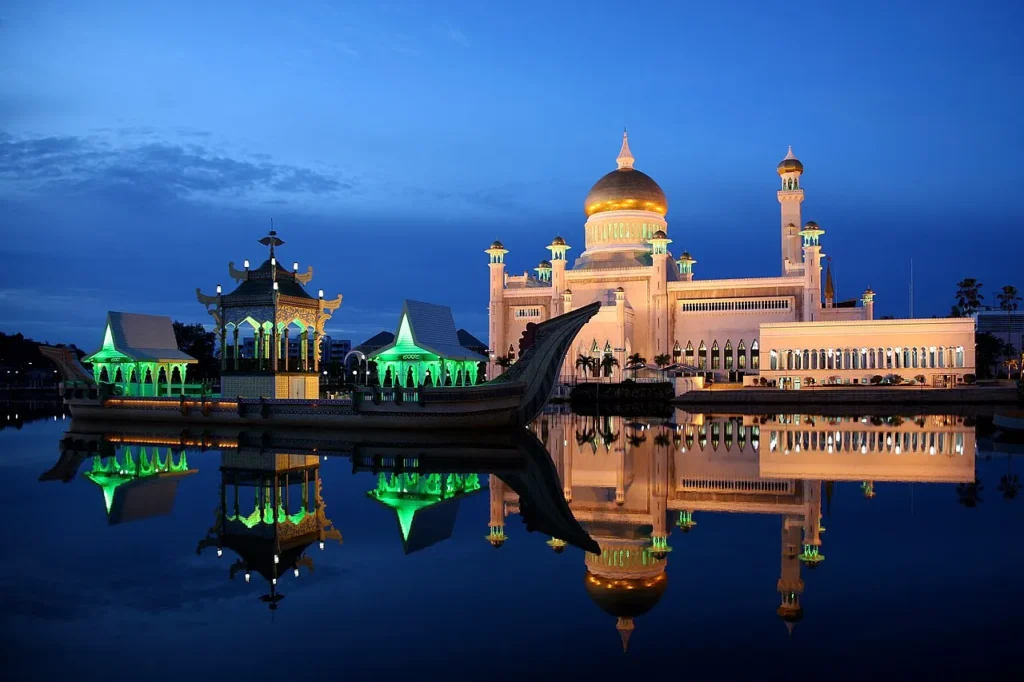
Brunei achieves a GDP-PPP per capita of $95,760 with robust 2.5% annual growth. This small Southeast Asian nation has built its wealth primarily on oil and natural gas reserves, which account for the majority of government revenue and exports.
The Sultan of Brunei has used this wealth to provide comprehensive social services, including free healthcare and education for citizens.
Brunei is working to diversify its economy beyond hydrocarbons, focusing on halal food production, Islamic finance, and eco-tourism.
9. Guyana
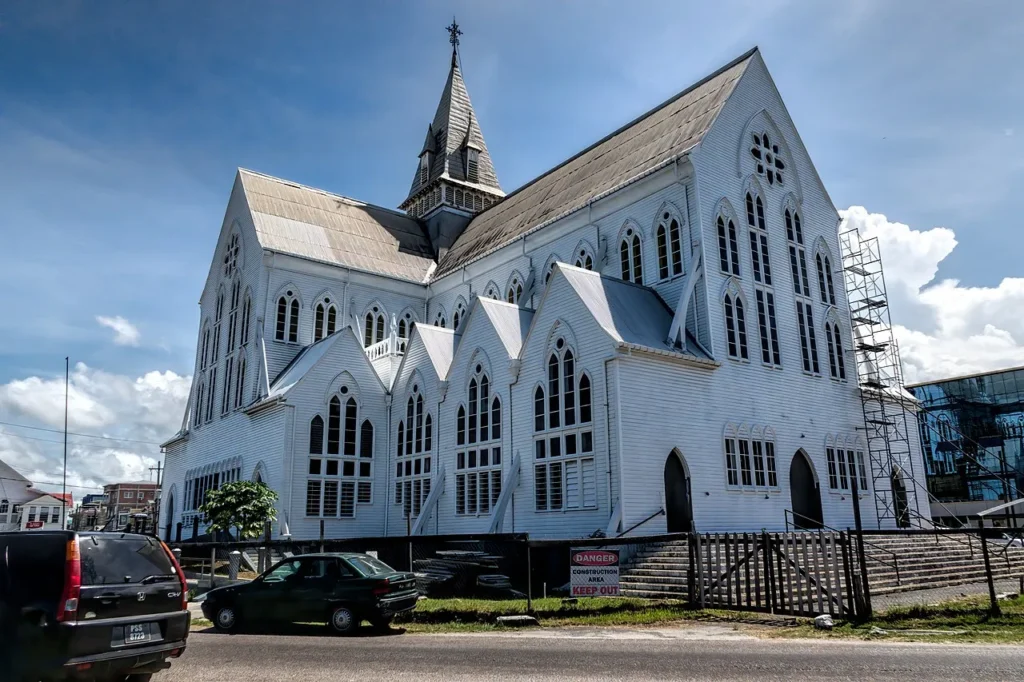
Guyana surprises with a GDP-PPP per capita of $94,260 and the highest growth rate on the list at 10.3%. This South American nation has experienced a dramatic economic transformation following major offshore oil discoveries.
ExxonMobil and other international companies have invested billions in developing Guyana’s oil fields, dramatically boosting the country’s economic prospects.
Beyond oil, Guyana possesses significant gold, diamond, and bauxite reserves. The country is also investing in sustainable development, balancing resource extraction with environmental conservation.
10. United States
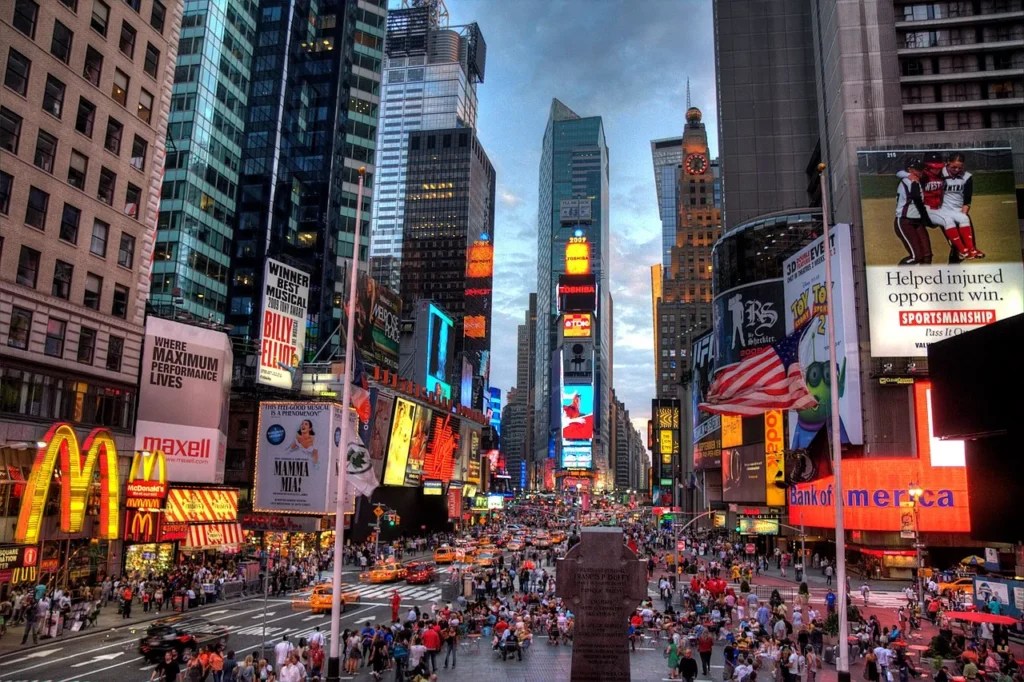
The United States rounds out the top 10 with a GDP-PPP per capita of $89,110 and 1.8% annual growth. Despite ranking tenth in per capita terms, the US remains the world’s largest economy by total GDP.
The country’s wealth stems from its diverse, innovation-driven economy spanning technology, finance, entertainment, agriculture, and manufacturing.
Silicon Valley continues to lead global technological innovation, while Wall Street remains the world’s primary financial centre. The US dollar’s status as the global reserve currency provides additional economic advantages.

Bottom Line
From Singapore’s strategic brilliance to Luxembourg’s financial wizardry, these nations prove that in the wealth game, it’s not about the size of your landmass but the size of your economic imagination.
While some struck liquid gold (literally, in Qatar’s case), others crafted their fortunes through innovation, smart policies, and occasionally, really good tax advice.
So the next time someone tells you money can’t buy happiness, just remind them that these countries seem to be doing pretty well in the contentment department!
Stay tuned with us. Further, follow us on social media for the latest updates.
Join us on Telegram Group for the Latest Aviation Updates. Subsequently, follow us on Google News

